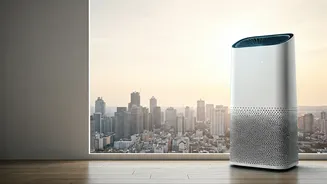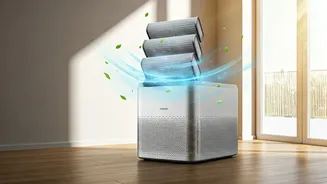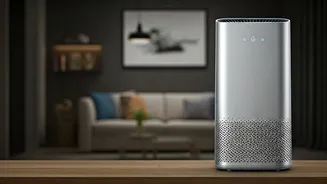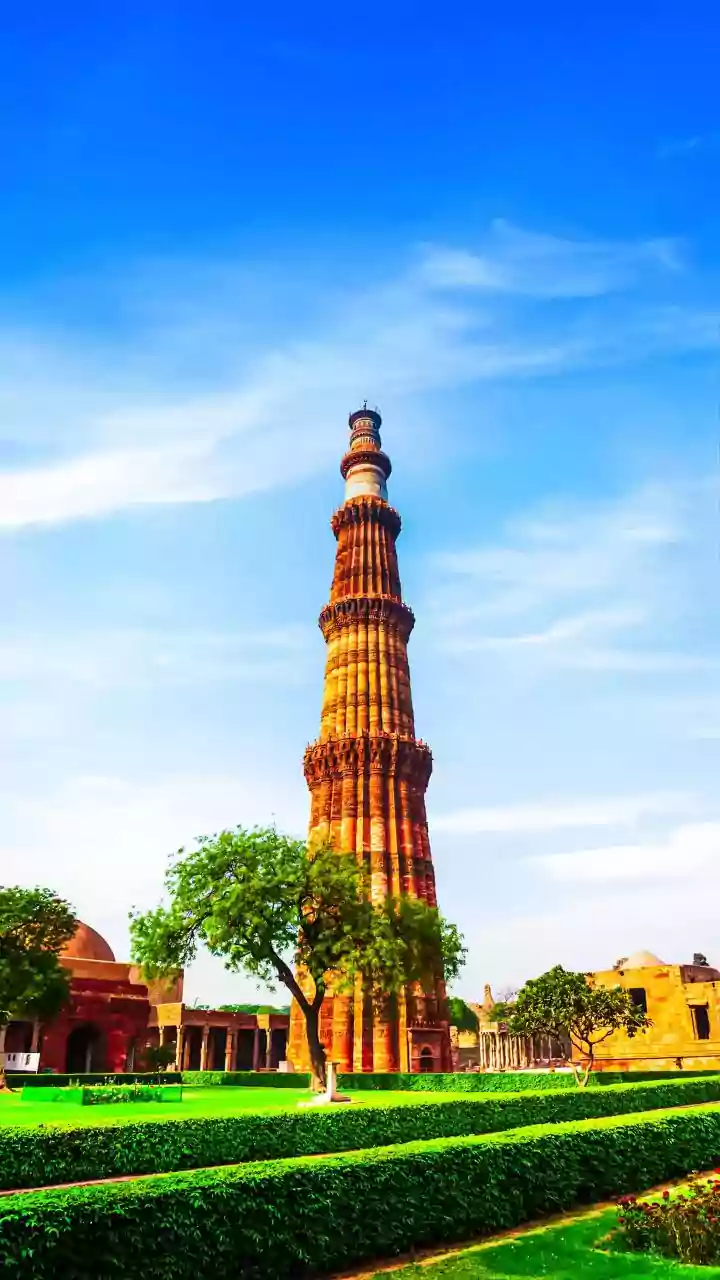Delhi's Air Crisis
The air quality in Delhi has often been a pressing issue, with pollution levels frequently exceeding safe standards. This environmental challenge, stemming
from various sources like vehicular emissions, industrial activities, and seasonal factors such as stubble burning, necessitates proactive measures to mitigate its impact. Understanding the severity of the air pollution problem is the first step towards finding effective solutions. Factors such as the concentration of particulate matter (PM2.5 and PM10), ozone, and other pollutants are essential in assessing the overall air quality. These pollutants can pose significant health risks, especially to vulnerable groups such as children, the elderly, and individuals with respiratory conditions. Recognizing the hazards associated with Delhi's air quality allows individuals to take necessary precautions to safeguard their health and well-being. This might mean keeping track of air quality forecasts and using air purifiers or other protective measures during pollution spikes.
Home Air Quality Basics
Before determining the number of air purifiers, it's vital to grasp the concept of indoor air quality and how it differs from outdoor levels. Indoor air quality can be compromised by a variety of pollutants, including allergens like pollen and dust mites, volatile organic compounds (VOCs) released from furniture and cleaning products, and biological contaminants like mold and bacteria. The effectiveness of an air purifier hinges on factors such as the size of the room and the overall air changes per hour (ACH). ACH signifies the number of times the air in a room is completely filtered within an hour. The Environmental Protection Agency (EPA) recommends a minimum ACH of 4-5 times per hour for effective air purification. Selecting the right air purifier demands assessing your specific needs and the unique features of your living space. This includes taking into account the room's dimensions, the presence of potential pollutants, and any pre-existing health issues. Various types of air purifiers use diverse filtration technologies, such as HEPA filters, activated carbon filters, and UV-C light, each designed to capture different types of airborne particles and gases.
Factors to Consider
Several factors must be taken into account when calculating the ideal number of air purifiers required for a Delhi home. The size of your rooms, as measured in square feet or meters, is a primary consideration. Larger rooms need more powerful air purifiers or multiple units to ensure adequate air filtration. The presence of specific pollutants also influences the decision. If you have pets or live near areas with high pollen counts, you might need air purifiers with specialized filters to tackle these specific allergens. The frequency of air changes per hour (ACH) is also essential; higher ACH values mean more effective air purification. Another factor to consider is the lifestyle and activities within the home. Homes with more residents or those where indoor activities such as cooking and cleaning generate more pollutants might necessitate a more robust air purification system. Finally, the local air quality index (AQI) readings, which fluctuate throughout the year depending on seasonal changes and local events, should be considered. When AQI levels are high, especially during pollution spikes, having more air purifiers can provide greater protection.
Room-by-Room Assessment
A room-by-room analysis is a smart way to figure out how many air purifiers you need. Start by measuring the square footage of each room to determine the necessary coverage area for your air purifier. Consider each room's primary use and the typical activities that happen there. Bedrooms, for example, are spaces where people spend many hours, making good air quality particularly important. Living rooms and other communal areas often experience higher levels of activity, thus potentially higher levels of pollutants. Assess the level of pollutants you typically experience. Are there strong smells from cooking, or is the room prone to dust? Evaluate the windows and ventilation in each room. Rooms with poor ventilation might trap more pollutants, increasing the need for air purifiers. Furthermore, determine the number of air changes per hour needed for each room. This will guide you in choosing the correct air purifier, which is essential to determine the precise air purifier requirements for each area.
Air Purifier Recommendations
To offer a concrete illustration of how many air purifiers might be needed, let's consider a few scenarios. A small apartment with one bedroom (approximately 200 sq ft), a living room (400 sq ft), and a kitchen may benefit from having a single air purifier in the bedroom and a more robust one in the living room, specifically during the highest pollution season. A larger house with multiple rooms might require a combination of several purifiers, possibly one in each bedroom, one in the main living area, and maybe an additional one in the kitchen. For extremely high AQI days, consider adding extra units or upgrading to larger capacity air purifiers. It's crucial to always check the purifier's CADR (Clean Air Delivery Rate), which indicates how quickly it can purify the air, against your room size to ensure that the unit is appropriately sized. For example, a living room of 400 sq ft may require an air purifier with a CADR that cleans 400 sq ft or more. Regularly replacing filters, based on the manufacturer's suggestions, is also paramount to maintain the effectiveness of your air purifiers.
Maintenance and Best Practices
Regular maintenance of your air purifiers is essential to ensure they operate efficiently. This entails routinely replacing filters as recommended by the manufacturer. HEPA filters typically need to be changed every 6–12 months, depending on use and pollution levels. Pre-filters, which catch larger particles, need cleaning regularly, such as every few weeks or months. Activated carbon filters might need replacing more frequently, as they become saturated with gases and odors. Besides filter changes, keep the exterior of the air purifiers clean, dusting the units to prevent any obstruction of airflow. Position your air purifiers in locations where air can circulate freely. Keep them away from walls and obstructions. Also, make sure that doors and windows are closed when the air purifiers are in use. Consider also combining air purifiers with other indoor air quality improvements, such as ensuring proper ventilation and reducing the sources of indoor air pollutants like smoke, aerosols, and VOCs.















